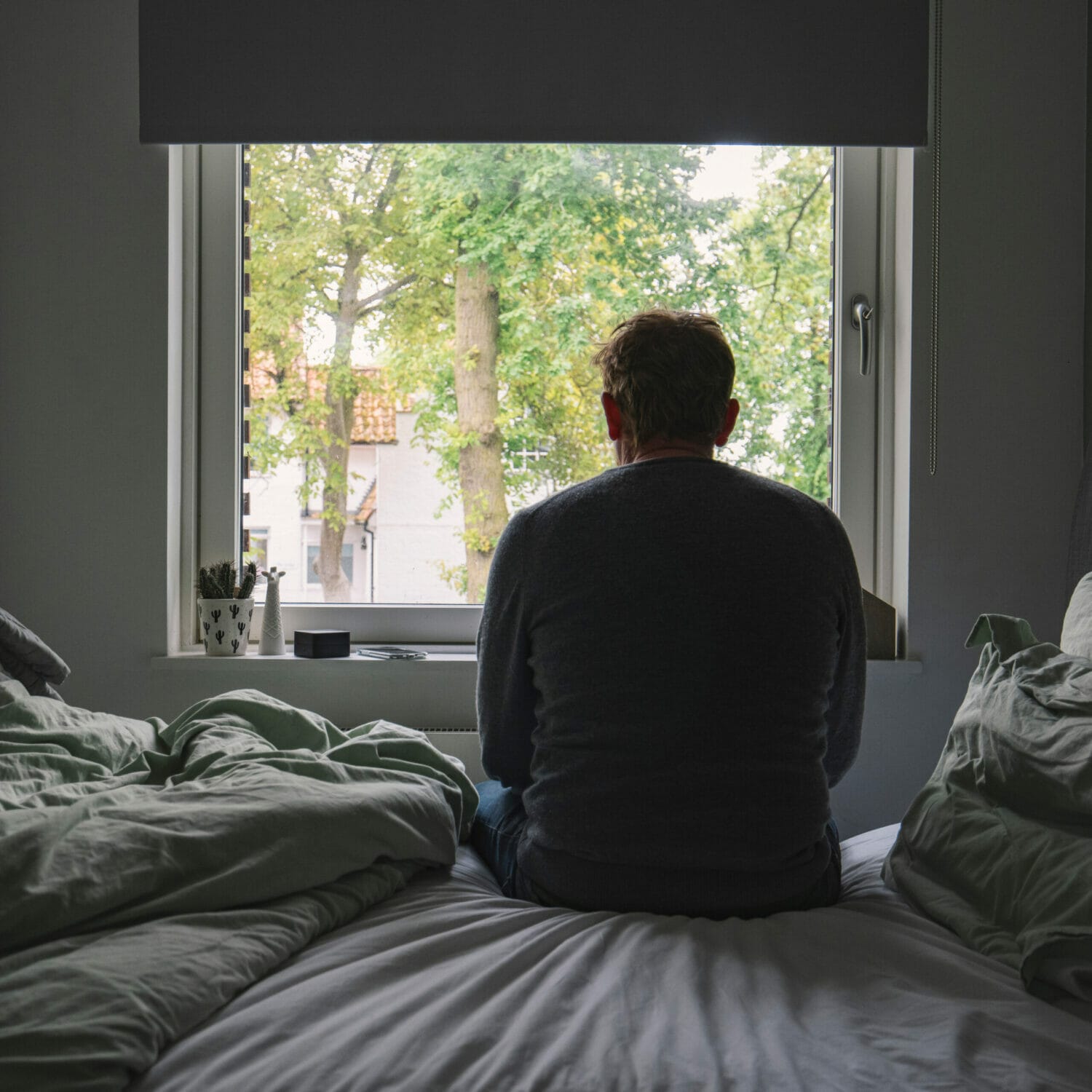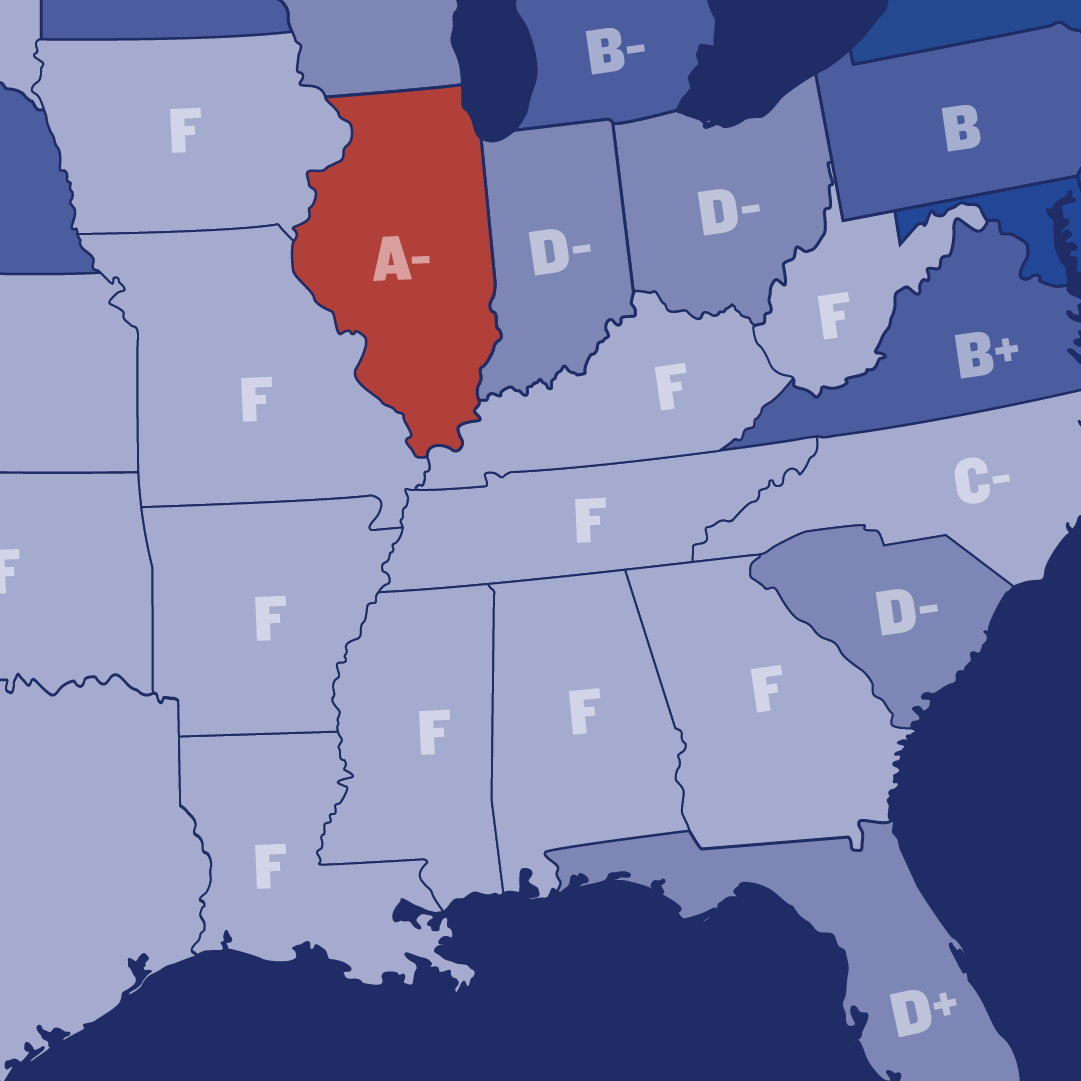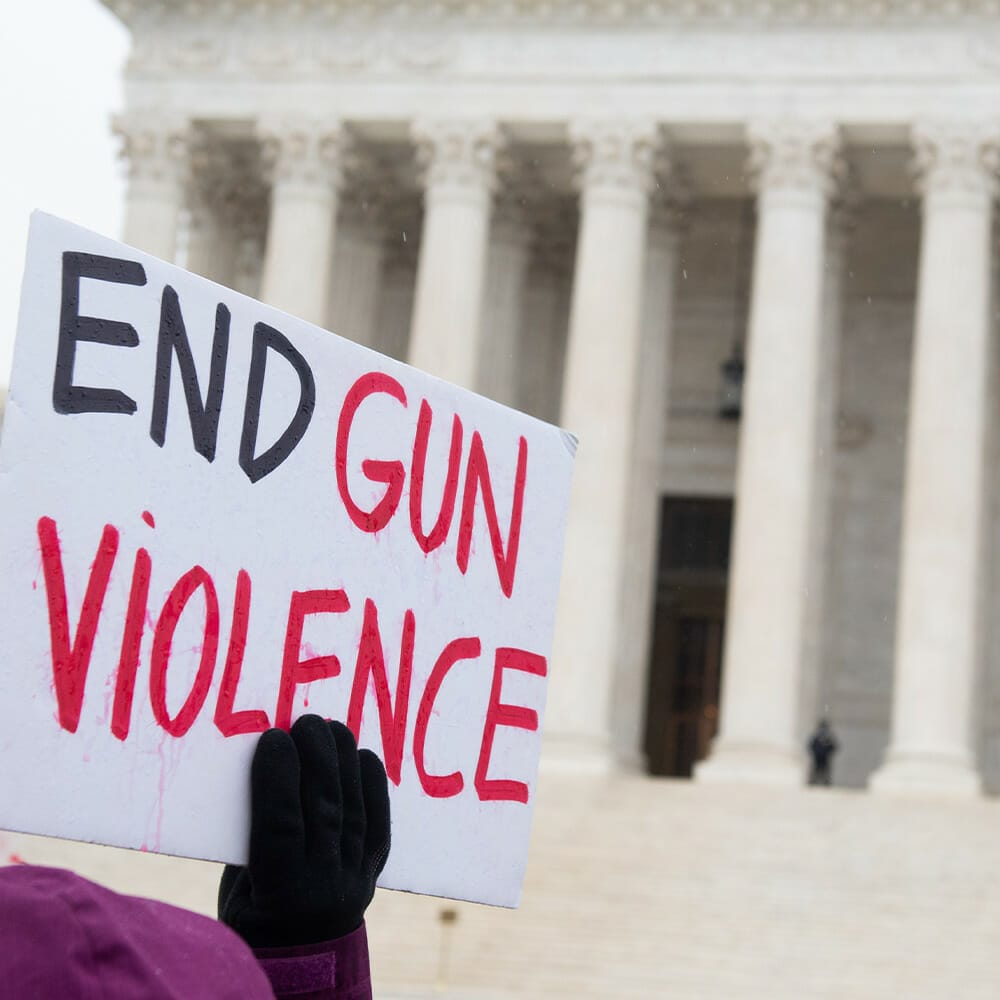
Gun Suicides Among Kids Are Soaring
Minimum age and safe storage laws are essential to saving lives.
Gun suicide rates have reached an all-time high in the US—and suicides among children are skyrocketing.
This September marks National Suicide Prevention Month. As important as it is to focus on the mental health component of preventing suicide, it’s just as critical to address what makes suicide attempts so deadly in America: guns.
While guns are only used in a small percent of suicide attempts, they’re responsible for the majority of suicide deaths. They also make up a large portion of overall gun deaths: Three in five gun deaths are from self-inflicted gunshot wounds. In 2022, the most recent year for which data is available, 26,993 Americans were lost to firearm suicide—the most ever recorded. There’s no question that gun suicide fuels this country’s gun violence epidemic.
But, alarmingly, gun suicides among children are rising at the fastest rate of any age group. Since 2008, gun suicides among preteens (ages 8 to 12) have increased by more than 8% each year. For children under 18, gun suicides surged 40% from 2013 to 2022. This is a severe crisis, and it’s one we must address.
When someone is experiencing a suicidal crisis, how easily they are able to get their hands on a gun can often be the determining factor between life and death. While only 5% of suicide attempts involve a gun, firearms account for over 50% of suicide deaths. Someone is 45 times more likely to die if they attempt suicide with a firearm as opposed to drugs or medication.
Similarly, if a gun is present in the home of someone struggling with their mental health, it increases the likelihood of gun violence. The chances that someone will die from gun suicide is three times higher in a house with a gun than it is otherwise, and states that have overall higher firearm ownership have 39% higher gun suicide rates.
Guns are the leading cause of death for American children, who are already disproportionately affected by other forms of gun violence. Children and teens are also particularly vulnerable to mental health issues and impulsive behavior—so when they are facing instability in their life and have easy access to firearms, it can often result in deadly acts.
It’s important to note, however, that not all kids and teens are impacted equally by gun suicide. Marginalized groups face additional social and societal pressures that contribute to suicidal ideation, highlighting the need for targeted interventions to address their specific vulnerabilities to gun suicide.
- Suicide rates among Black and Asian teens rose by 45% and 26%, respectively, from 2020 to 2021.
- Gun suicide among young girls ages 8 to 12 disproportionately rose 3% from 2008 to 2022, outpacing young boys who traditionally have higher rates of firearm suicide.
- Nearly half of all LGBTQ+ youth indicated they had seriously contemplated suicide in a 2021 survey.
Despite young people attempting suicide at a higher rate than adults over the age of 21, they are less likely to use a firearm to do so. That is because of effective, commonsense laws that limit young people’s access to guns.
Annual Gun Law Scorecard Archive
There’s no question strong gun laws save lives. But which states care enough to pass them?
Minimum age laws, which make it illegal for dealers to sell guns to people under a certain age, are among the most effective policies to reduce youth gun suicide. Federal law sets the minimum age to buy a handgun from a licensed dealer at 21. But it’s not foolproof—it’s still possible for people under 21 to access guns, either through unlicensed dealers or because of irresponsible gun storage practices. And it’s legal for those as young as 18 to purchase long guns, although now they must do so with enhanced background checks thanks to the passage of the Bipartisan Safer Communities Act in 2022.
Our team at GIFFORDS calculated the impact of minimum age laws on this demographic to understand the potential consequences of eliminating these protections. If 18-to-20-year olds had the same access to guns that adults over the age of 21 do, an additional 462 young people in this age group would have died from gun suicide in 2022 alone. If we look at the past five years, that number climbs to nearly 2,000 more young lives lost.
Indeed, studies show that in states without minimum age laws, 42% of young people aged 18 to 20 used their own gun to commit suicide, while 79% of those under 18 used a family member’s gun. This underscores the point that while restricting direct gun ownership for young people doesn’t eliminate all risks, it reduces immediate access—thereby preventing impulsive suicide attempts during vulnerable episodes in a young person’s life.
Safe storage laws, which require that firearms be stored locked and unloaded when not in use, are equally essential in curbing youth gun suicides. These laws ensure that even if guns are in your home, access is restricted to just the gun owner. Using the same data as above, the high percentage of kids and young people who used a family member’s firearm to take their own life when they were too young to legally purchase one themselves demonstrates the need for a comprehensive set of gun laws to effectively lower youth suicide rates, ensuring young people have the chance to lead long and healthy lives.
Every year, too many children—with entire lives ahead of them, and entire communities behind them—lose their lives to gun violence. While we can and will continue to fight for more comprehensive gun laws to reduce gun violence across the board, we know right now how to reduce the number of gun suicides among kids and young people.
Without existing minimum age and safe storage laws that limit access to firearms, the devastating toll of this crisis would be much worse. There’s no doubt about it: Gun laws save lives. Now, we just need to make sure these laws are implemented in every state and community.
That’s why this Suicide Awareness Month we’re committed to doing all we can to reduce gun access among children and teens in crisis so that they can get the help and support they need before it’s too late. Strong gun laws do more than stop school shooters or accidental gun deaths—they protect young people from making catastrophic, life-altering decisions to end their own lives before they have even begun.
If you’re struggling, remember that you are not alone. You can access help through the confidential Suicide & Crisis Lifeline website at 988lifeline.org, or you can call or text 988 seven days a week, 24 hours a day, to speak with someone and get help.





